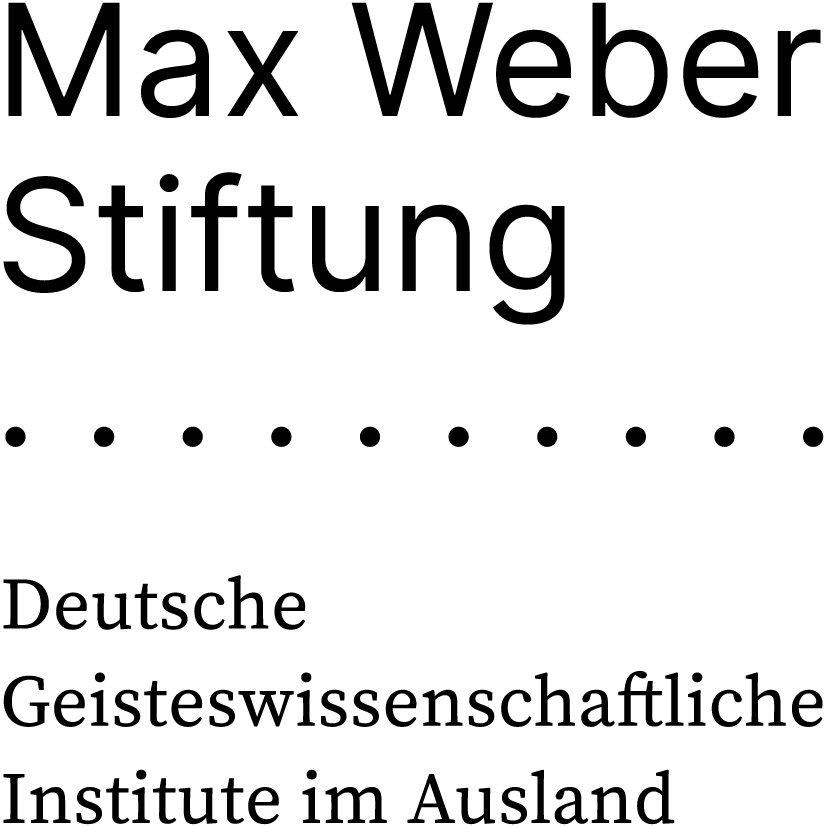This eighth volume in the Intoxicating Histories series, meant to »alter our state of knowledge«, tackles the intriguing subject of 19th-century »morphinomania«, or rather its visual depiction. Morphinomaniacs are morphine addicts who were said to use this drug for »voluptuous« rather than medical reasons, the latter being called »morphinists«. Starting with Georges Moreau de Tours’ 1886 life-size Salon canvas La Morphine, showing two fashionable ladies in a kind of before-and-after setting, art historian Hannah Halliwell traces, analyses, contextualises, and critiques the remarkably gendered depiction of morphine users. While most addicts were men under medical care, the visual arts almost invariably pictured them as well-off or »fallen« women unable to resist temptation. The subject thus provided artists ample opportunity both to create attractive, eroticised images and (pretend to) warn for the supposedly disastrous consequences of women’s liberation.
Halliwell’s is the first book on the subject, though not its first consideration. There are earlier, smaller publications to draw from, but apparently she missed mine from 1999, 2004 (as part of my dissertation) and 2007. While I cannot blame her for this (as these were published only in Dutch), this does put me in a position to add some critical comments to my praise. Halliwell argues convincingly that the figure of the morphinomane stood for much more than addiction. She came to represent deviant femininity as such, embodying the transgression of all that was deemed »acceptable« for women, and thereby sheds remarkable light on various social anxieties of late 19th-century French culture. According to Halliwell, the »feminisation of the habitual morphine user was an attempt to control anxieties about women, and, in turn, to avoid disrupting three influential, patriarchal institutions: journalism, the art world, and the medical sector« (97).
While the general picture that Halliwell paints certainly rings true, I also think her argumentation shows some blind spots, exaggeration and methodological flaws. Some studies on opiates, of which morphine is a category, have been missed. Arnould de Liedekerke’s 1984 La belle époque de l’opium, for example, includes extensive discussions of morphine in various contexts. His book also shows that public debate on morphinomania did not start with Moreau de Tours’ painting, but with Stanislas de Guaïta’s poetic eulogies of drug use of the year before, causing various critics to characterise decadent poets as morphinomaniacs. In 1884 morphinomania was framed as typical of English aestheticism and in 1886 as associated with (German-imported) Wagnerism. Halliwell’s focus on femininity and the visual makes her ignore these other, more male-centred discourses around the same subject.
With respect to the arts, Halliwell’s story also feels somewhat amputated. She pays no attention to the earlier and closely related genre of »poppy girls«, nor to the many buveuses d’absinthe that share such traits as large eyes, vacant gazes and loose morals. In fact, Baudelaire-inspired titles like Fleur du mal, Damnée or Femme fatale already sufficed to construe associations with sex and drugs in the minds of fin-de-siècle audiences. As De Liedekerke noted, drugs were only one aspect of the new woman’s outfit, perhaps a finishing touch, but not indispensable. Halliwell also sensed this (39, 59), but nevertheless highlights the morphinomane as a most unique figure, even asking us to see the femme nouvelle as »an alter ego of the morphinomane« (123).
I also think she somewhat overestimates the figure’s impact and spread. Attention for Moreau de Tours’ canvas is said to be »overwhelming« (138), but Halliwell does not provide much evidence for this. It was seen by »the hundreds of thousands of visitors« to the Salon, she says (21), but amid nearly 5,500 other works this means little. She cites two reviewers who commented on the subject’s modernity, two others who called it a »medical« and a »faits divers« painting, and an English critic dismissing it as tasteless. Reproductions appeared in 1887 in an anti-Semitic book, alongside a news report in 1891, and in Chicago in 1893, where the painting hung at the World Fair with two reviewers calling it typically French. The work was clearly noticed, but not overwhelmingly so. Nor do I see why its presence in a photo of c. 1890 of Moreau’s studio (it remained unsold and in the family until 2018!) qualifies as »a testament to the work’s impact on art and society« (43).
Regarding the figure’s spread, I count only eight other canvases by five painters, some of which are variations, and three of which may not depict morphinomaniacs at all. As Halliwell admits, the title of Picasso’s 1901 Morphinomane was probably picked by Gustave Coquiot only to attract attention (161). Anglada-Camarasa probably named his La Morfinómana of 1902, also lacking drug paraphernalia, for the same reason. And his 1904 Le Paon Blanc is included only because of a story by Paul-Jean Toulet in which a man sees a woman who reminds him of »the morphinomane« Anglada depicted (45). Some of the remaining paintings are quite unknown or long lost. Then there are two etchings, a lithograph, a pastel, two book illustrations, and some 14 magazine and newspaper illustrations, including a reproduction, four (small) caricatures, and six vignettes in which the drug paraphernalia are sometimes depicted so inconspicuously as to be barely noticeable.
We thus have some 25 images that are very diverse in focus and reach (and quality). Halliwell claims that there are »many more« (165, footnote 60). I know of two (unlocated) works by Albert Guillaume, some additional caricatures, a sculpture entitled Les Morphinomanes shown in 1913 at the Exposition universelle des Beaux-Arts, and a most powerful painting called Die letzte Zuflucht (Morphium), that Wilhelm Schade first exhibited in Munich in 1891. By orchestrating lesbianism, spleen, animalism and satanism around a hypodermic needle, this work (again unlocated, but known from an engraving) could have been a perfect fin-de-siècle counterpart to Moreau’s (pseudo)medical picture (as well as a much better cover picture than the present image of syphilis). Unfortunately, Halliwell limited herself to works originating in Paris, explaining the remarkably large contribution of Italian and Spanish artists to the genre as an attempt to highlight their »modernity« to the Parisian art scene.
In sum, we can safely identify some 30 to 40 Paris-born images as dealing with morphinomania, all dating from 1886–1912 (rather than the book title’s 1870–1914). This amounts to just over one image per year, or one and a half if we are generous, with a single peak of four images in 1890. Set against the many thousands of paintings shown annually at the Salon and the late 19th-century explosion of visual culture as such, it seems a rather marginal subgenre that was not at all exploited by artists to the extent that Halliwell suggests. But this of course does not preclude the possibility of using it a special lens to zoom in on societal issues, as Halliwell does to great effect.
Halliwell’s Foucault-inspired deconstruction of what these images represent is very stimulating. With her emphatically intertextual approach, however, she has almost everything »reinforce« everything without paying much attention to matters of chronology or cause and effect. In this way, things can also mean just about anything. Halliwell, for example, very keenly observes the conspicuous absence of both doctors and needle scars or abscesses in morphinomane art, but in explaining this, almost anything seems possible. The absence of doctors is seen as an attempt (by the artists, apparently) to divert attention from the medical community’s responsibility, then as an implicit critique of their absence, with the syringe becoming »a latent medical (male) presence« (113), which then becomes »indicative of the high numbers of men who were habitually using morphine« (117). Not depicting scars »paradoxically emphasises contemporary anxieties about women’s ability to hide their addiction« (49), Halliwell argues, turning an absence into evidence of a presence. Perhaps artists simply felt that doctors and scars would make their pictures less enticing.
Indeed, it is with regard to art that I wish to express my greatest reservations. Apart from the curious (and probably unintended) suggestion that the 20th-century avant-garde originated in attempts to revamp the figure of the morphinomane in innovative »colour and style« because its eroticising effect had worked out by 1905 (154–155), it is Halliwell’s view of the nature and purpose of art as such that bothers me most. She is very right to emphasize the power of art and images, and I hope that drug historians come to recognise this too, but her surprise and anger at artists doing their thing »with little concern for the truth« (173) strikes me as naïve and reminiscent of Social Realism’s insistence on artists devoting themselves solely to conveying edifying truths. It makes me wonder what Halliwell will think of all the other imaginative art in the world.
Zitationsempfehlung/Pour citer cet article:
Jos ten Berge, Rezension von/compte rendu de: Hannah Halliwell, Art, Medicine, and Femininity. Visualising the Morphine Addict in Paris, 1870–1914, Montréal, QC (McGill-Queen’s University Press) 2023, 240 p., 12 col. fig; 38 b/w fig. (Intoxicating Histories, 8), ISBN 978-0-2280-1990-9, CAD 85,00., in: Francia-Recensio 2025/1, 19.–21. Jahrhundert – Histoire contemporaine, DOI: https://doi.org/10.11588/frrec.2025.1.109739








